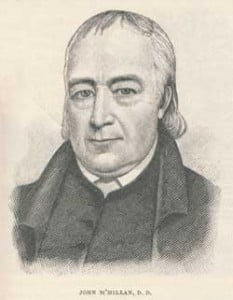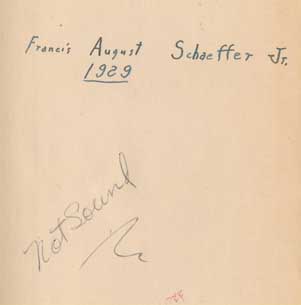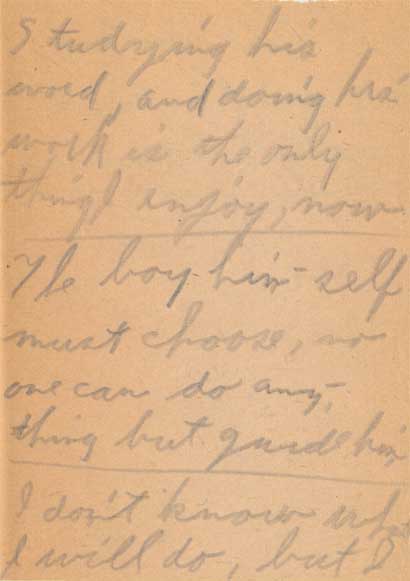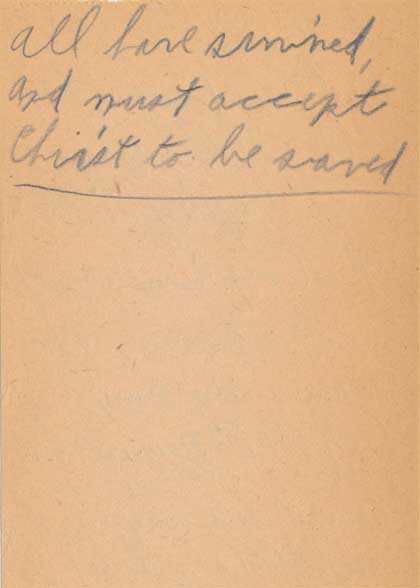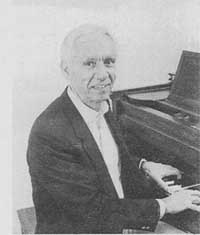STUDIES IN THE WESTMINSTER SHORTER CATECHISM
by Rev. Leonard T. Van Horn
Q. 19. — What is the misery of the estate whereinto man fell?
A. — All mankind, by their fall, lost communion with God, are under his wrath and curse, and so made liable to all miseries in this life, to death itself, and to the pains of hell forever.
Scripture References: Gen. 3:8,24; Eph. 2:3; Rom. 5:14; Rom. 6:23.
Questions:
1. Of what does man’s misery in the fall consist?
It consists of three things: (a) What man has lost. (b) What man is brought under. (c) What man is liable to.
2. What was the communion with God lost by man because of the fall?
This communion was the presence and favor of God, together with the sweet fellowship and enjoyment of God in the garden of Eden.
3. Does this loss of communion with God extend to this day as far as man is concerned?
Yes, it extends to today. Mankind comes into the world today alienated from God. Mankind lives today alienated from God unless he comes to know God through faith in Jesus Christ.
4. What is man brought under by the fall?
Man is brought under God’s wrath and curse by the fall and this is a great misery. The favor of God is better for man than life itself. Man is wretched and miserable without fellowship with God.
5. Are the miseries in this life external or internal as a result of the fall?
The miseries are both external and internal. Such things as calamities, sicknesses, losses of homes, jobs, families are all external miseries that could result from the fall. The internal miseries that result from the fall are such things as living under the domination of Satan, the spiritual blindness of mind and hardness of heart, vile affections, perplexities and distresses of the mind.
6. What is the punishment which man is liable to by the fall?
The punishment is death itself at the end of his life. This punishment could be simply physical if a man was born again by the Spirit of God. This punishment could be eternal-an eternity in hell—if man is not born again.
DO CHRISTIANS BELIEVE IN HELL?
A certain portion of this Catechism Question deals with the place known as “Hell”. The question is asked, “Do Christians Believe in Hell?” In spite of the fact that hell is mentioned in our Standards and is therefore a part of our belief, it seems that some of our people do not believe in everlasting torment.
A man once said that there could be no Christian geography unless Heaven and hell were included on the map, for the real meaning of life is not here, but there. And it is so true that so many Christians want to keep Heaven on the map, but they prefer to ignore the existence of hell. But Jesus Christ, in Matt. 25:46, put both Heaven and hell in the Christian geography and Bible-believing people cannot push it aside.
A fair question would be, “How do Bible-believing people push this doctrine aside?” The doctrine is pushed aside not so much by a lack of belief in the doctrine—for all Bible-believing people will affirm the doctrine—but in the setting aside of the doctrine in their relationships with the unbelievers. Somehow or other we have forgotten that a person outside of Jesus Christ is on his way to hell and everlasting punishment.
Last year a Christian friend told me of his experience. He was in a restaurant and sitting at the next booth were four people who were having a time of mirth and merriment. He told me they asked him a question and thereby drew him into their conversation. He said there was nothing wrong with the conversation, it had a high moral note, it was simply foolishness. After some time they left and went on their way. He finally left and started down the highway in his car. A wreck had taken place and four people were in it. Three of them were killed. The question burned into his mind and heart: Are they now in hell?
Our Standards teach the doctrine. Do we believe it? If so, are we bending every effort to tell others of Jesus Christ who died on the Cross of Calvary to save sinners from the everlasting torment of hell?

